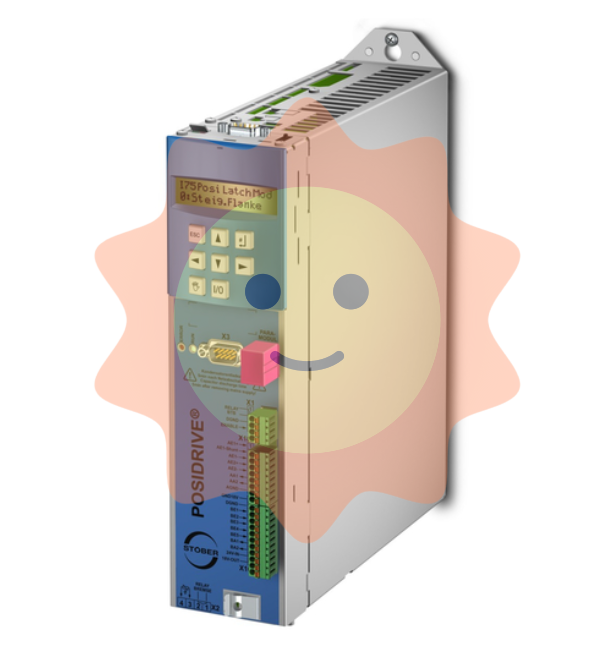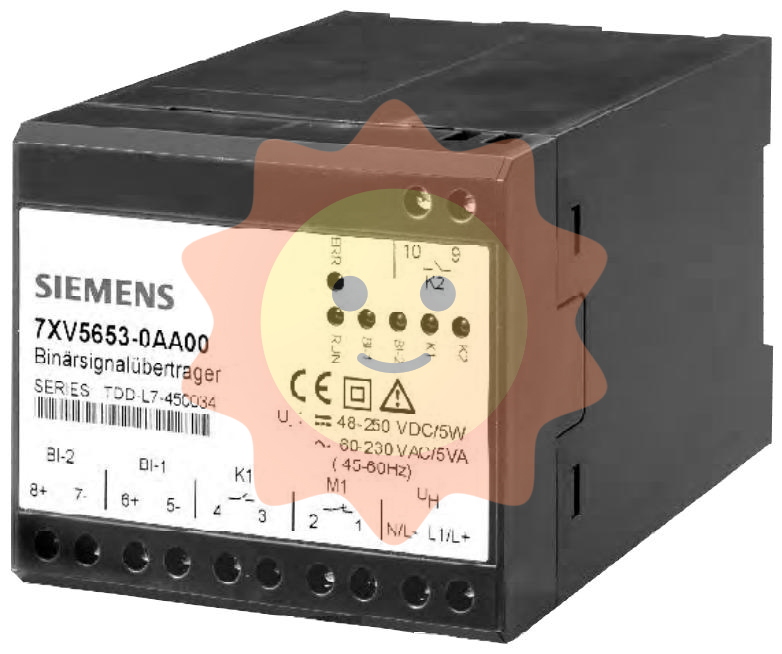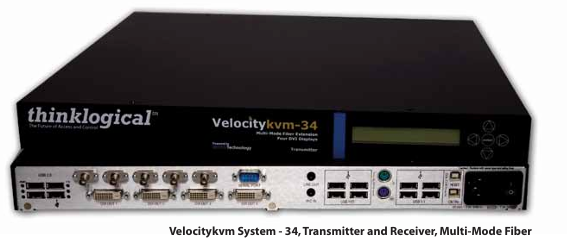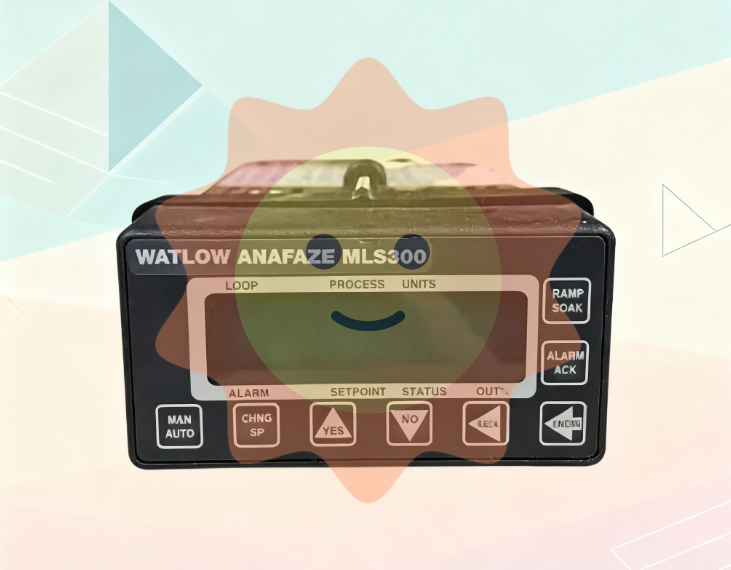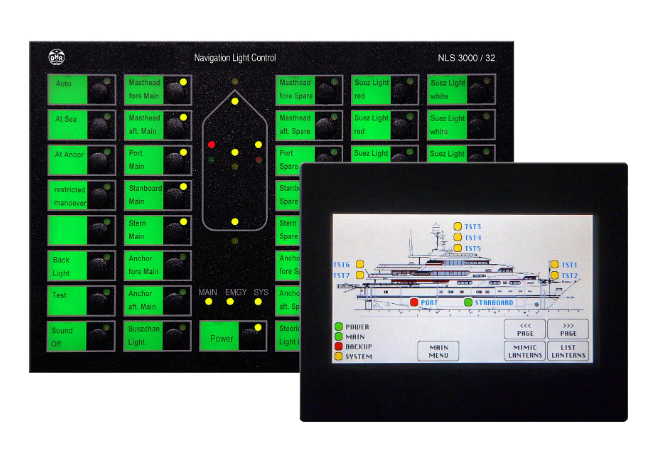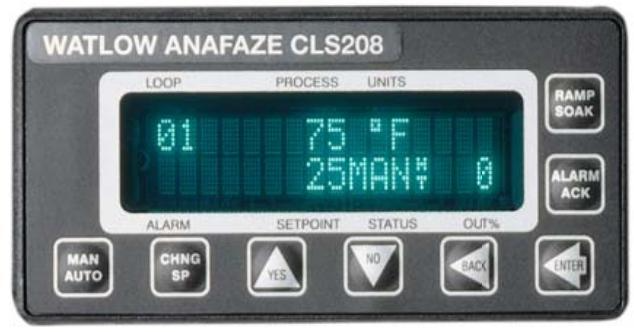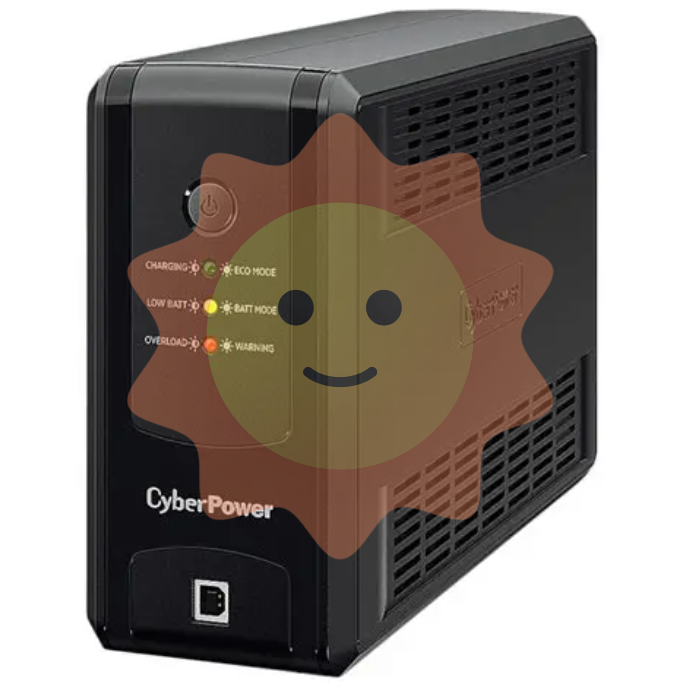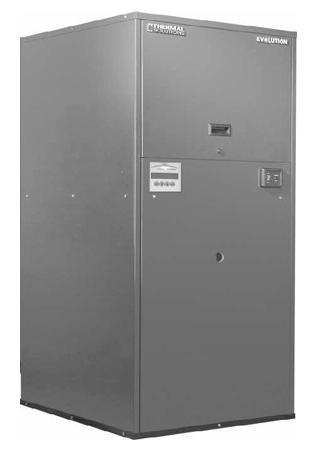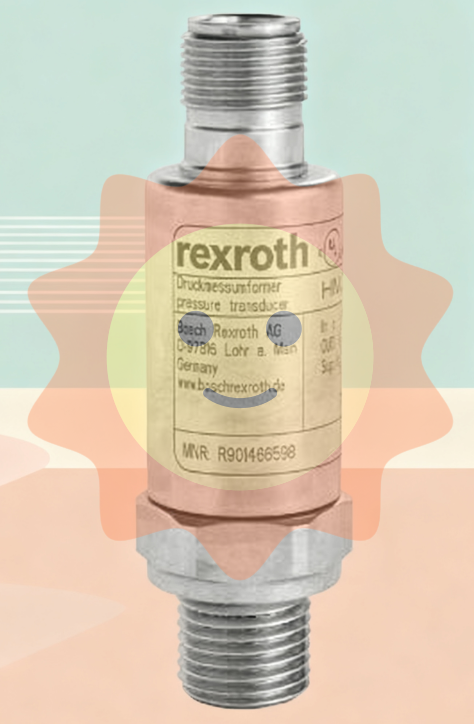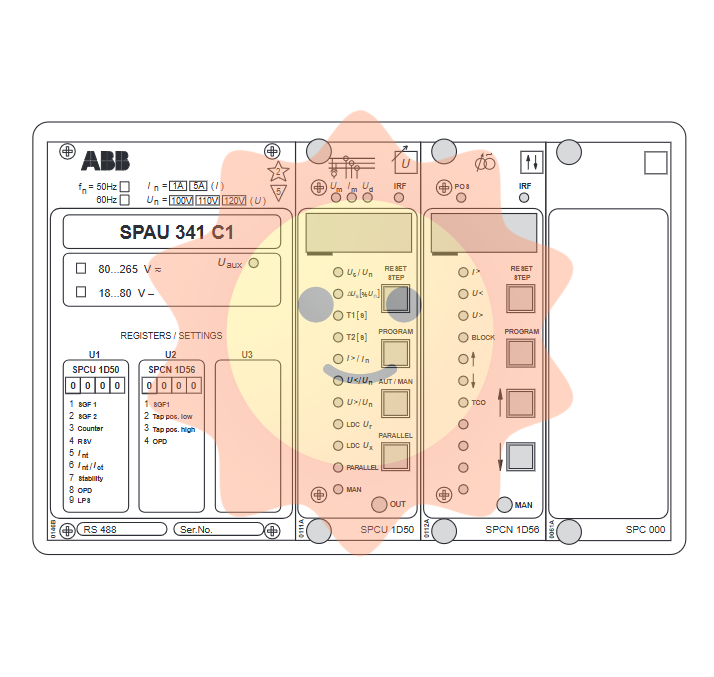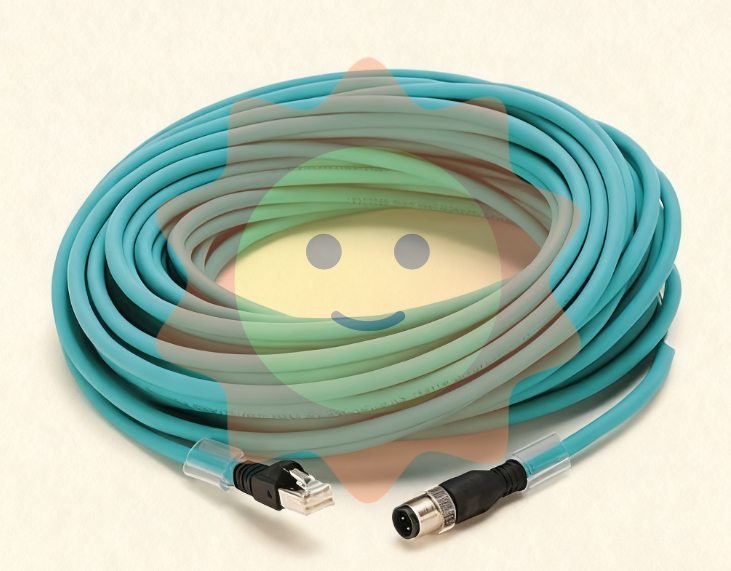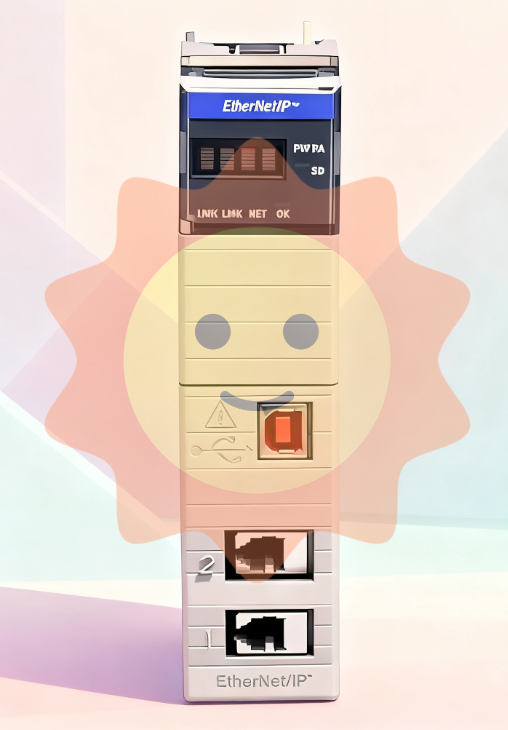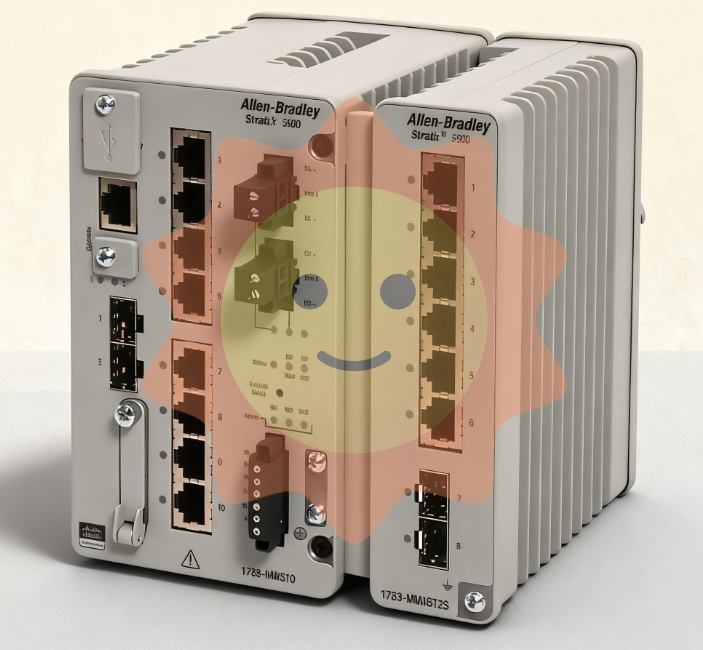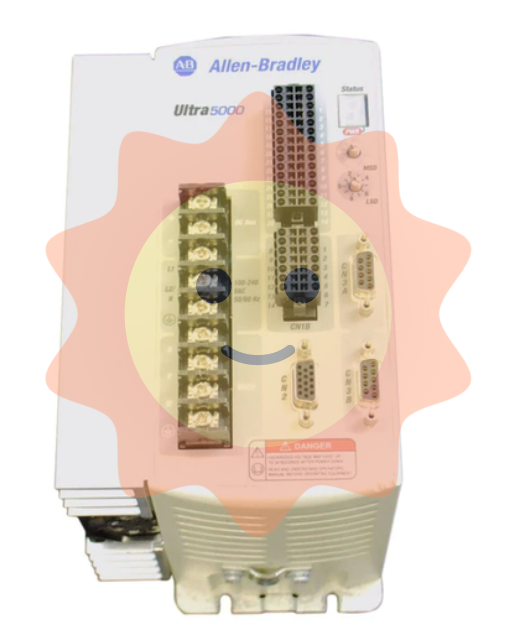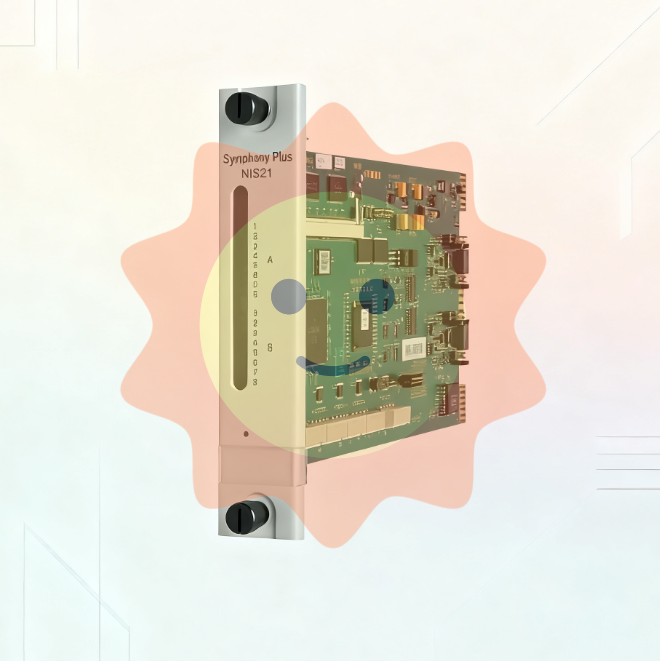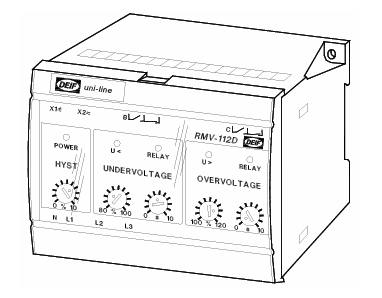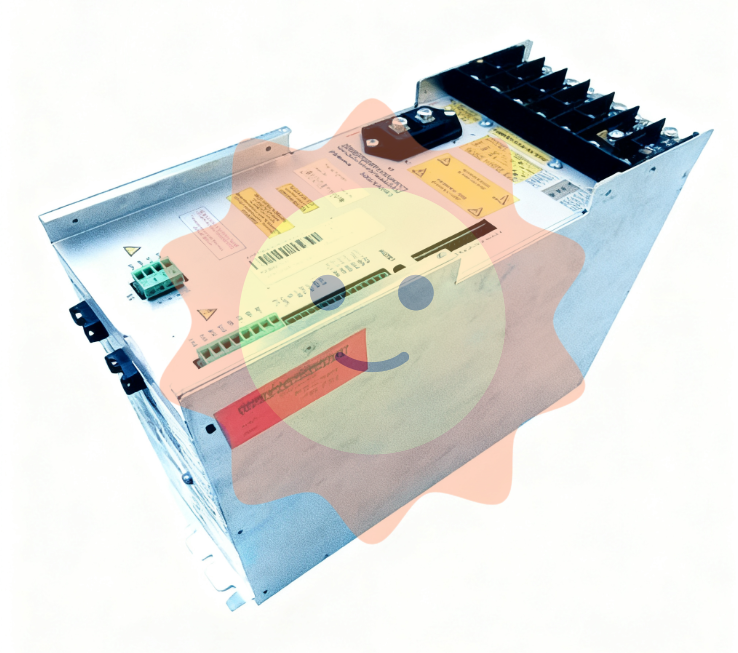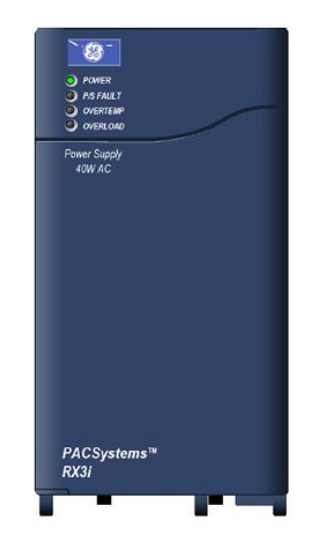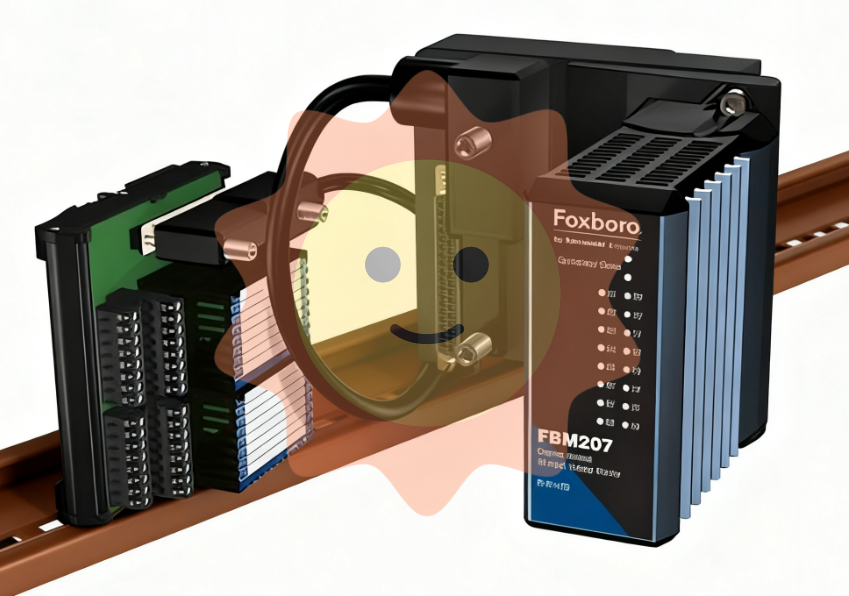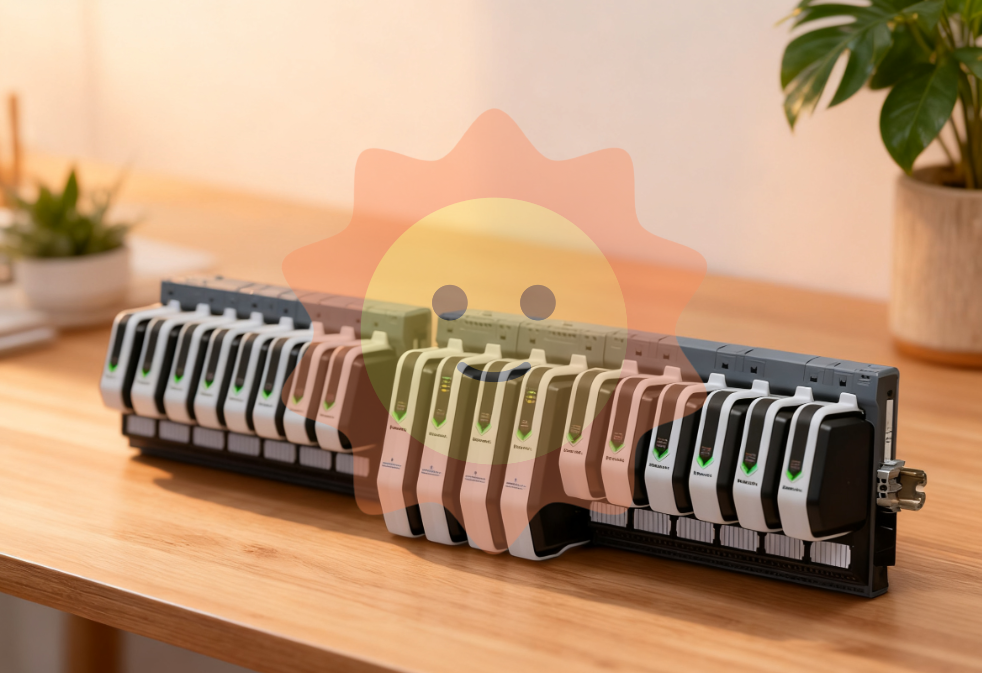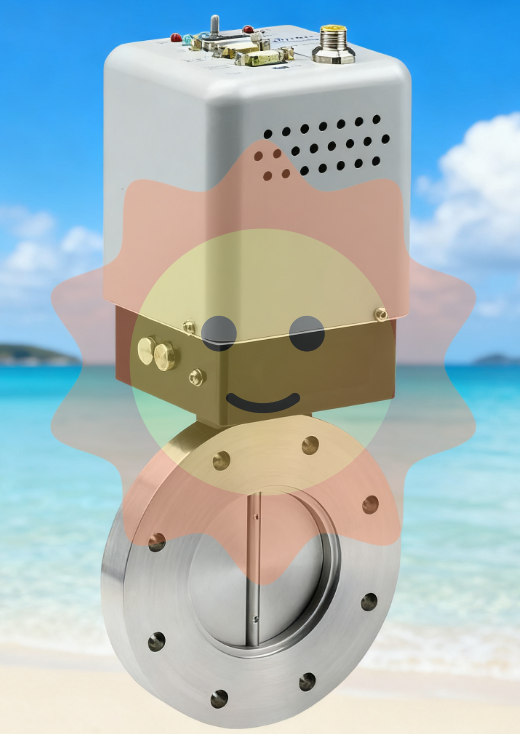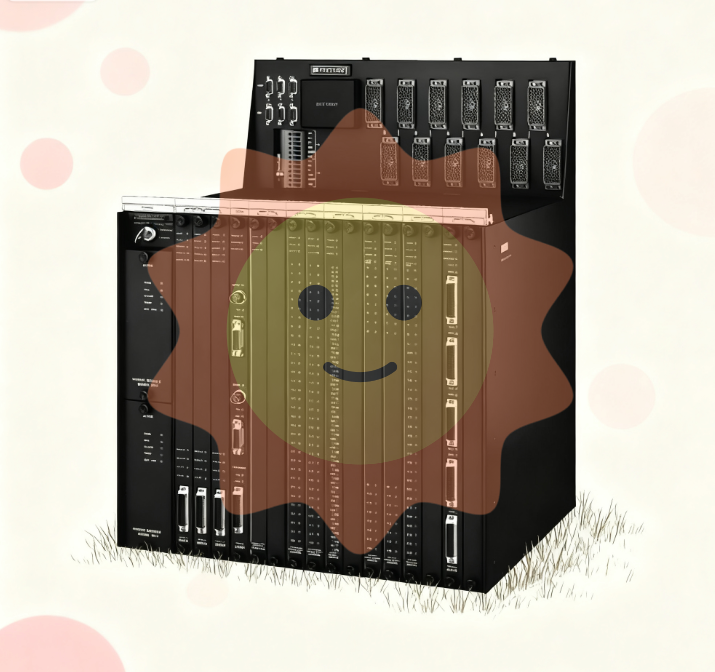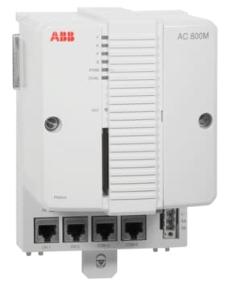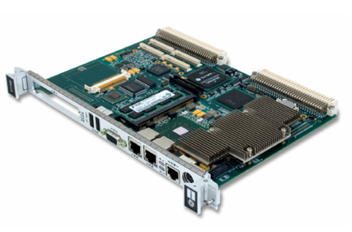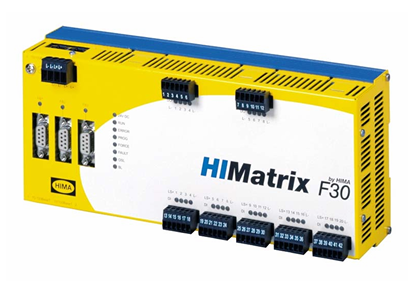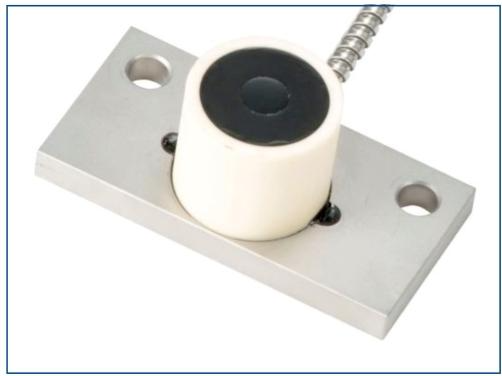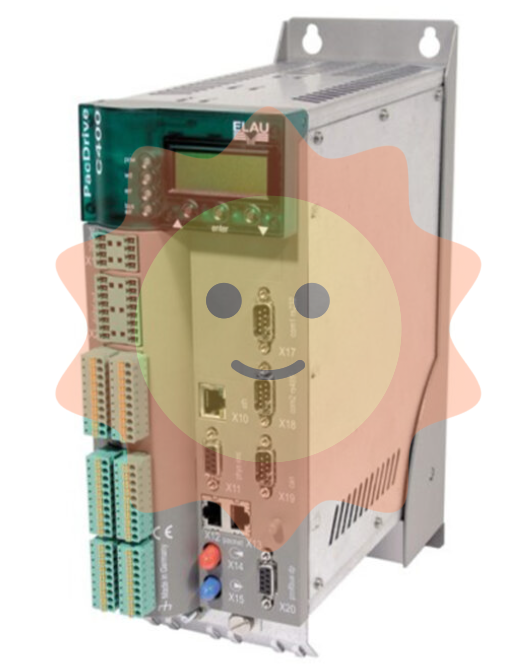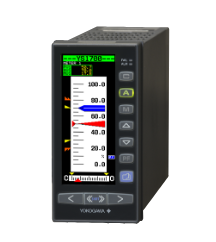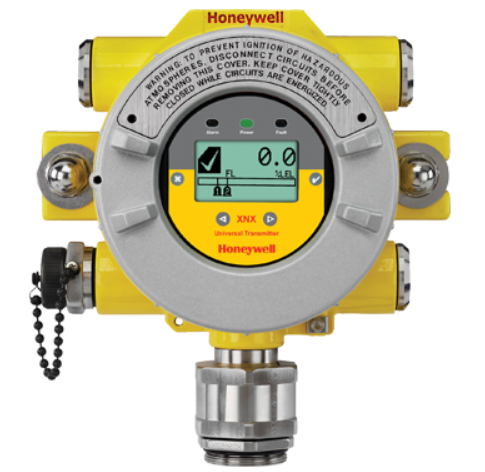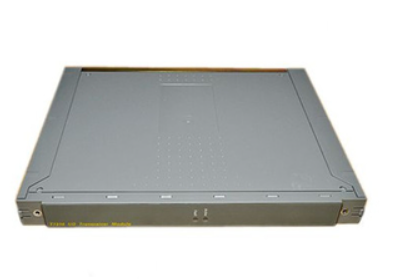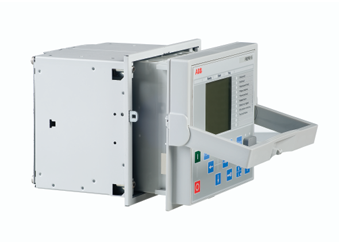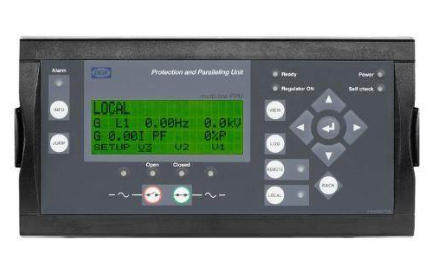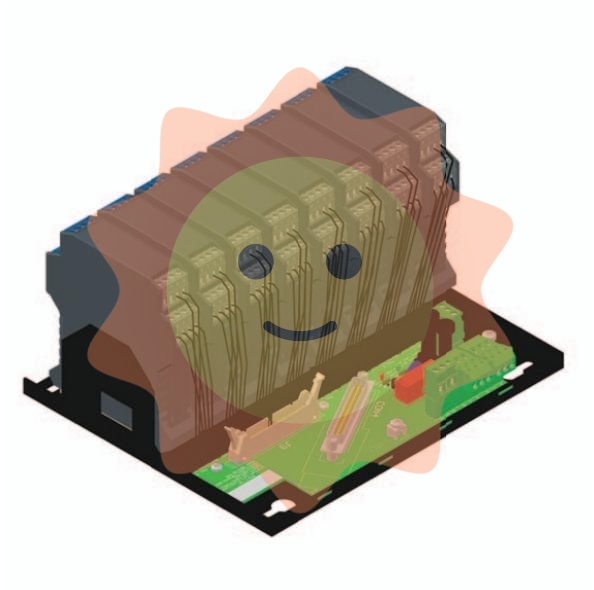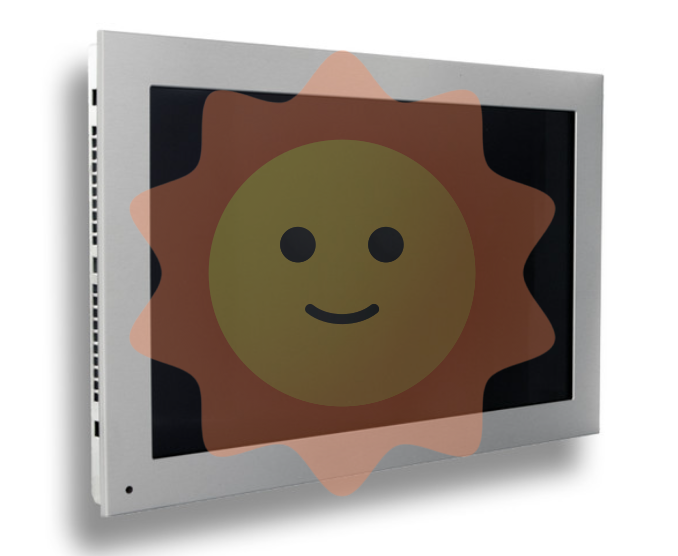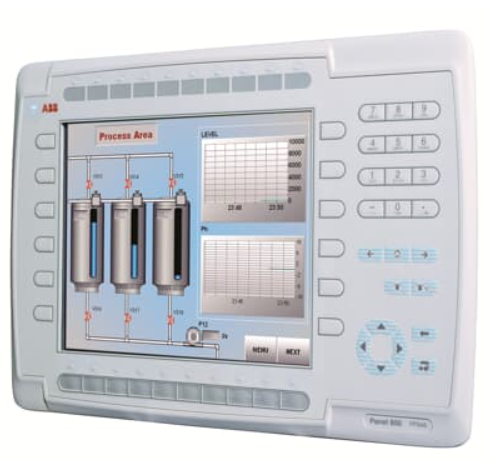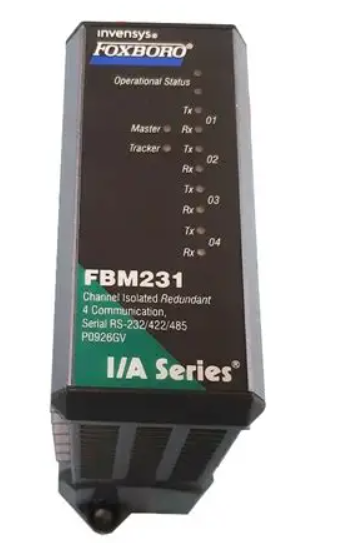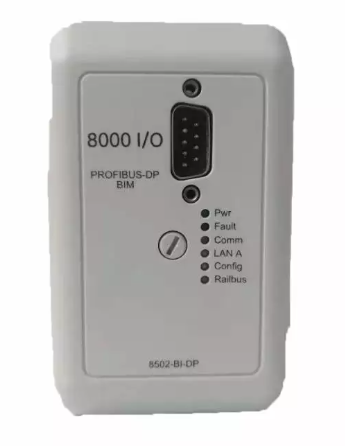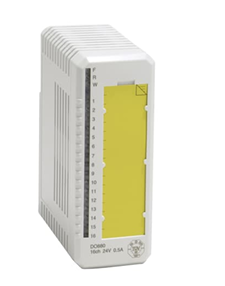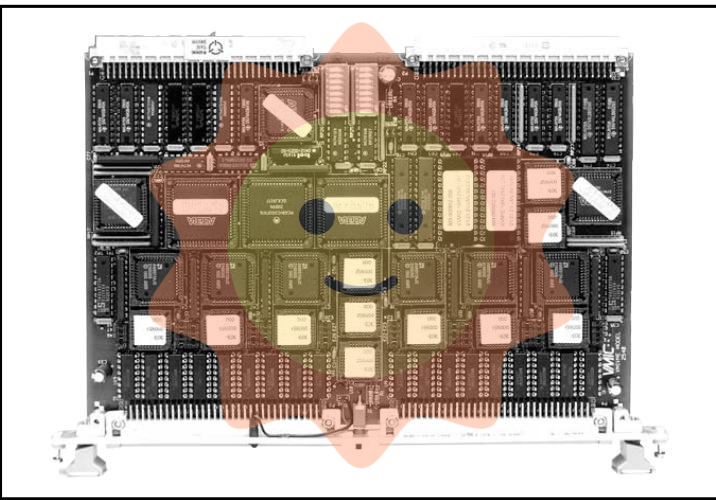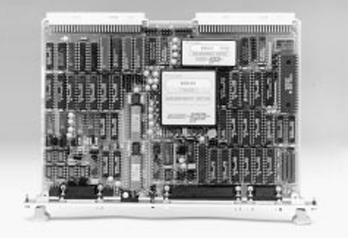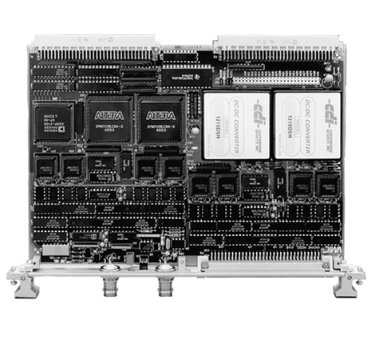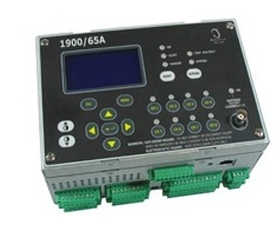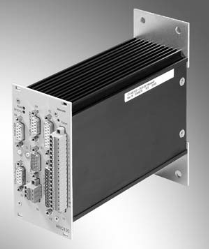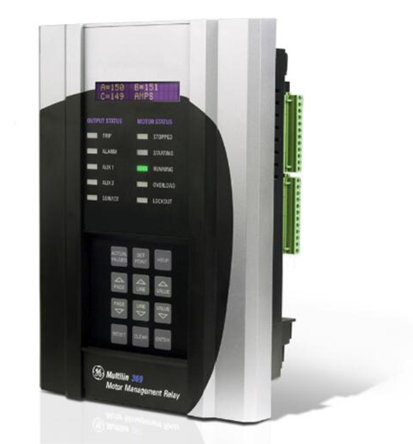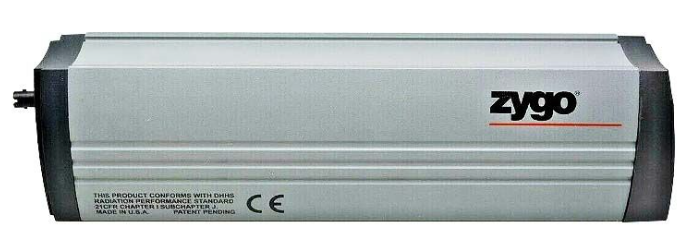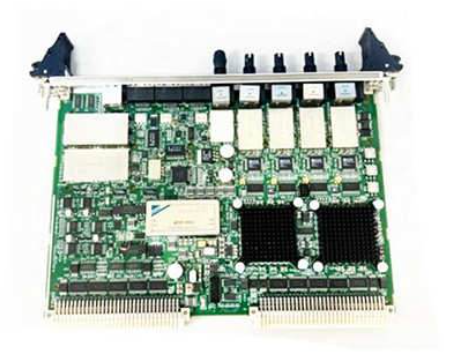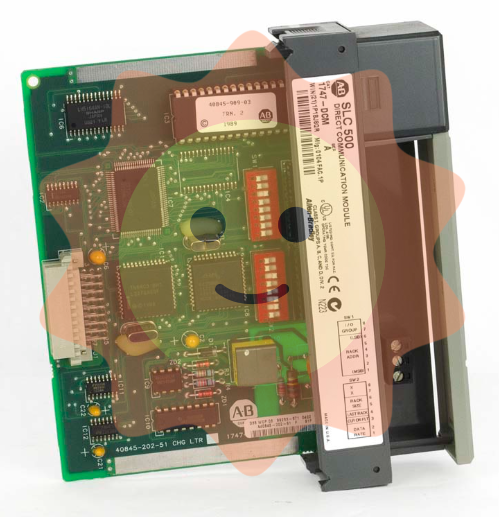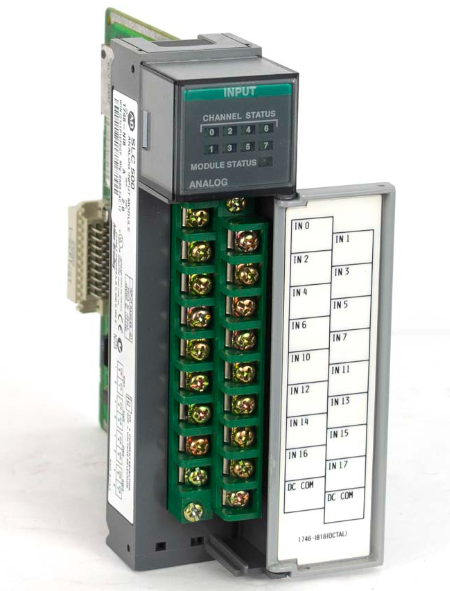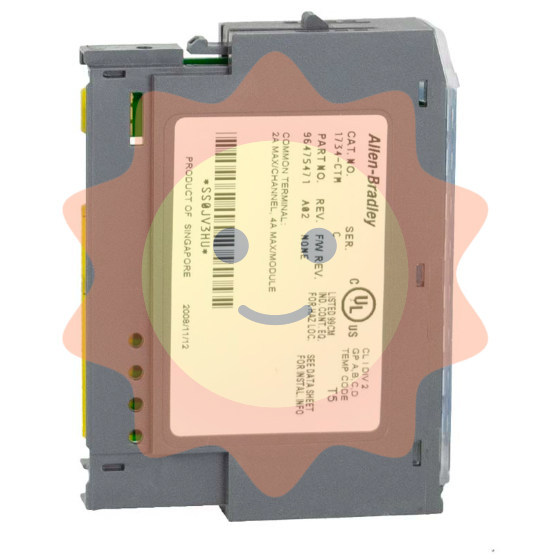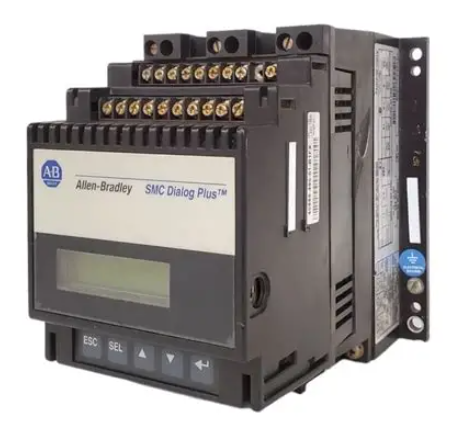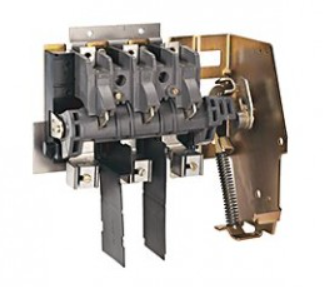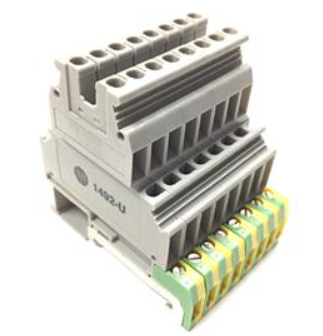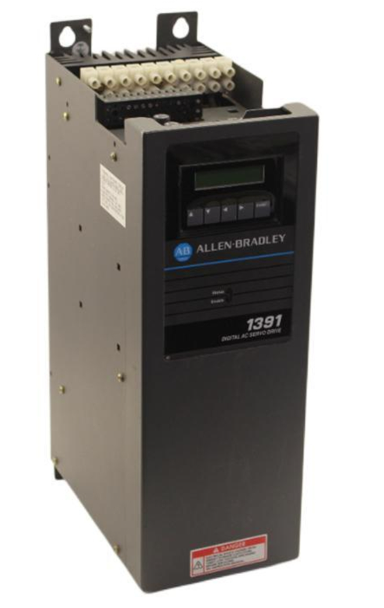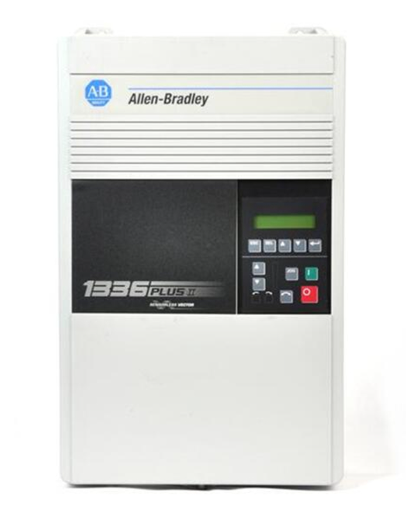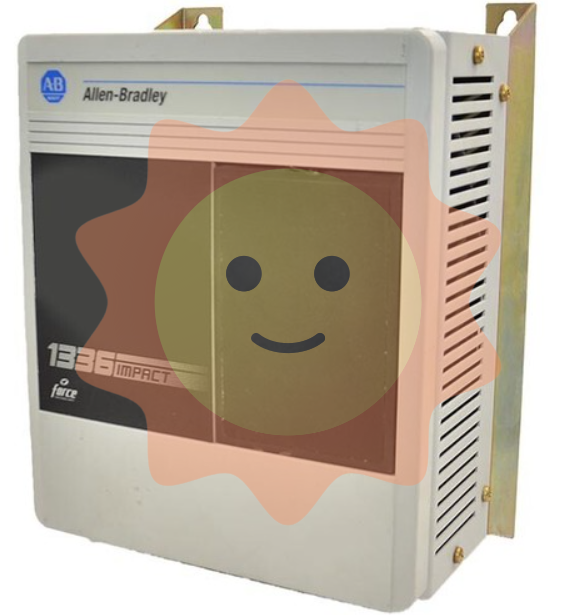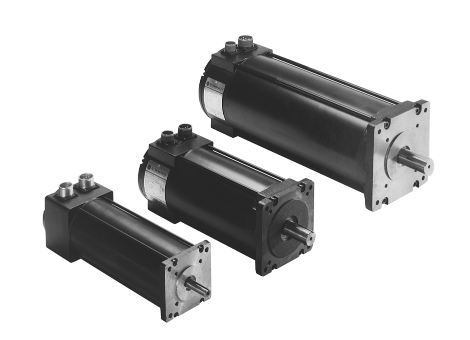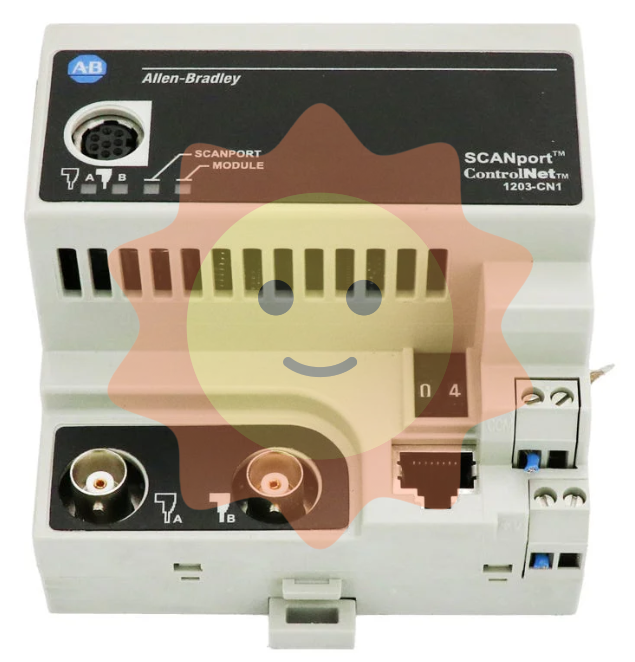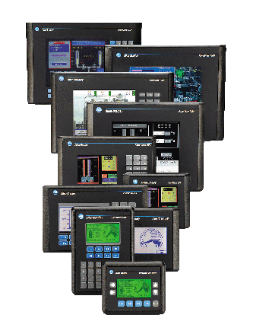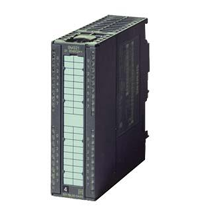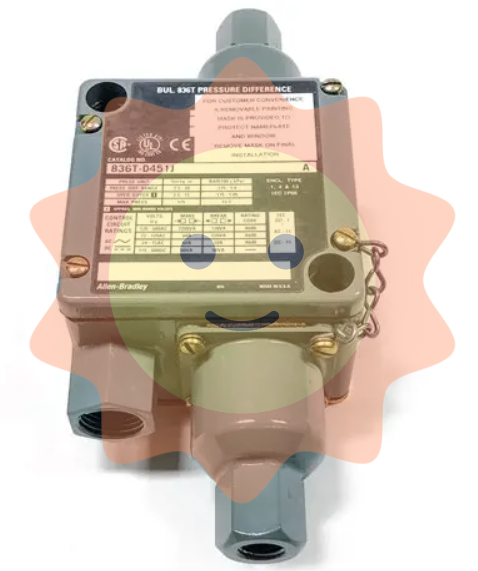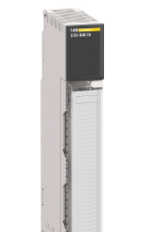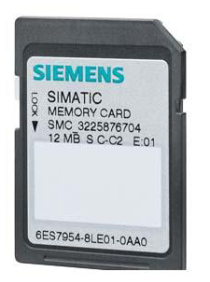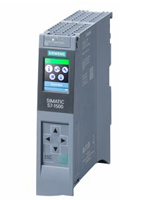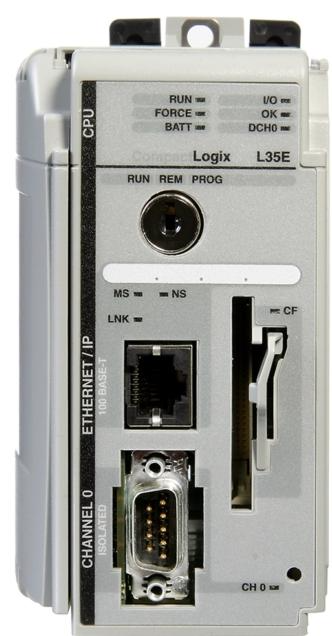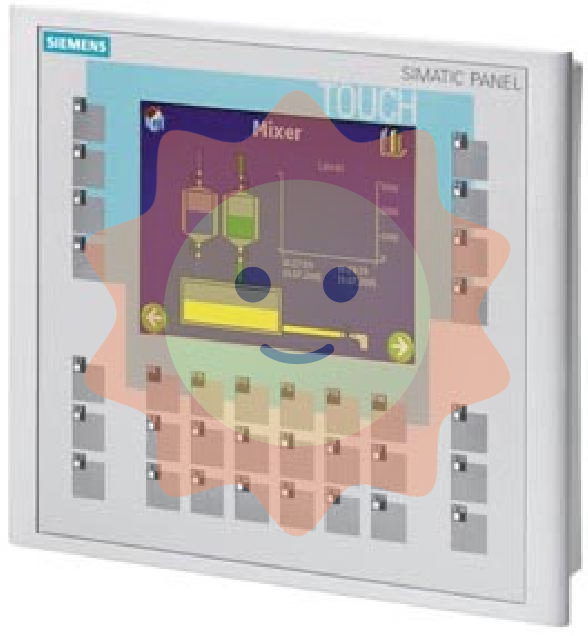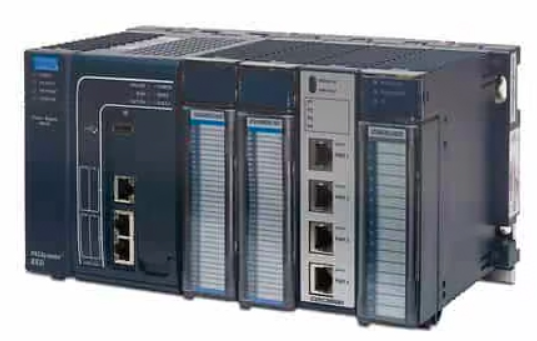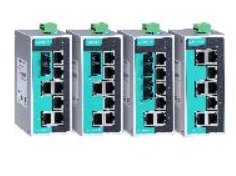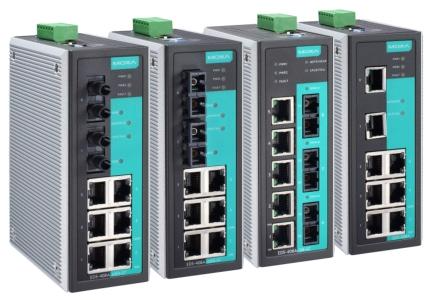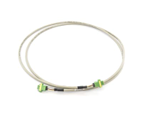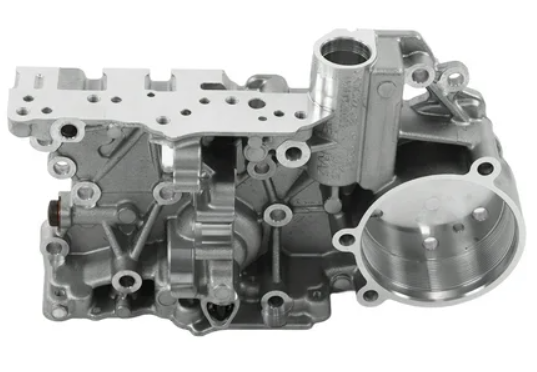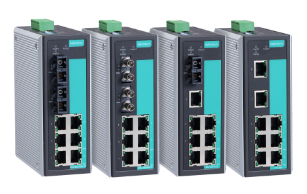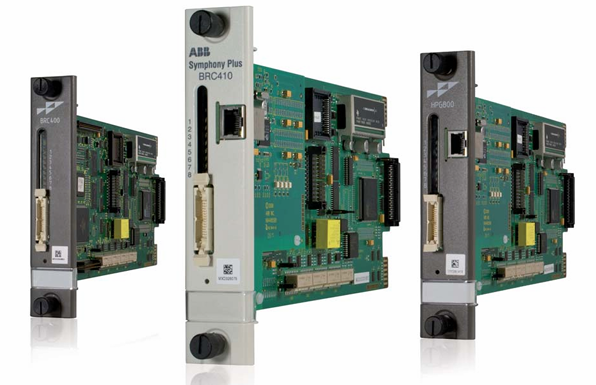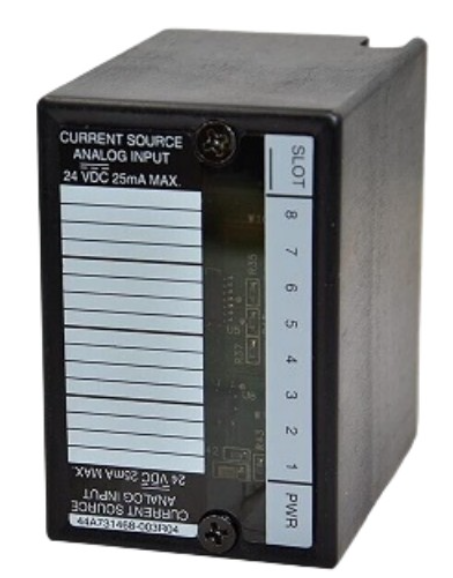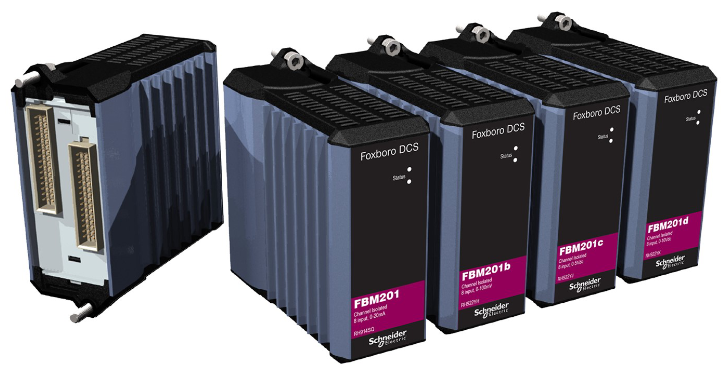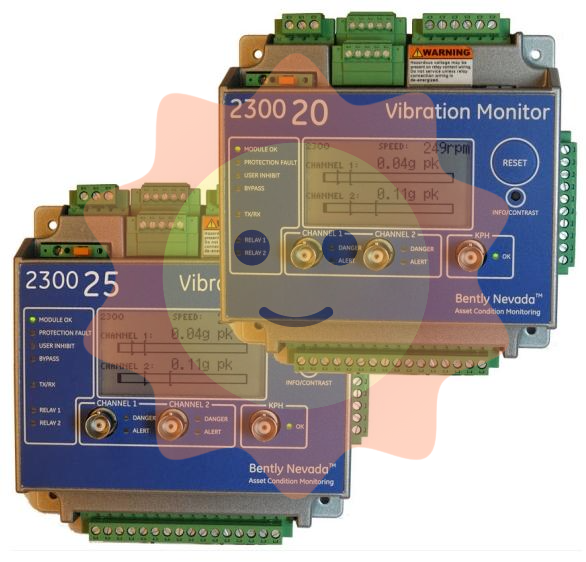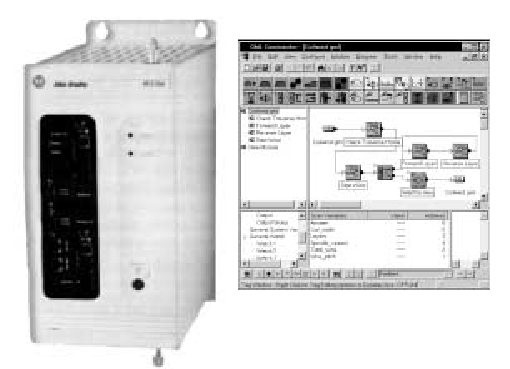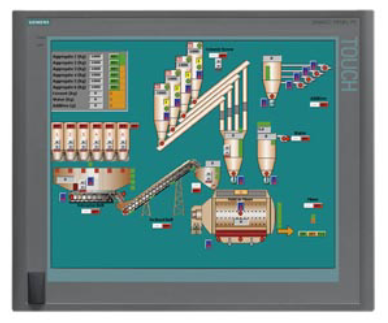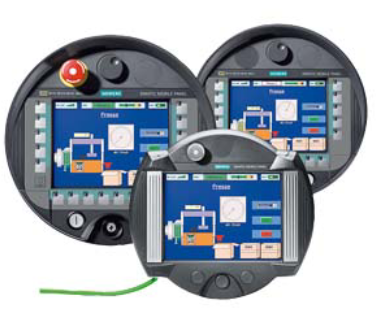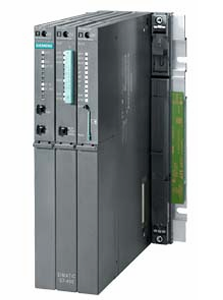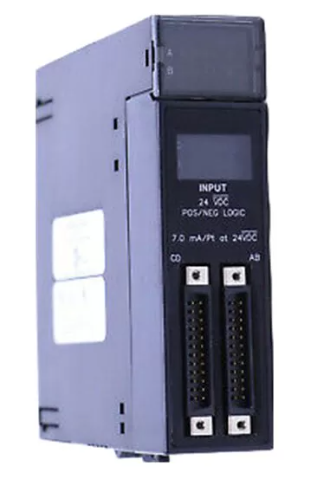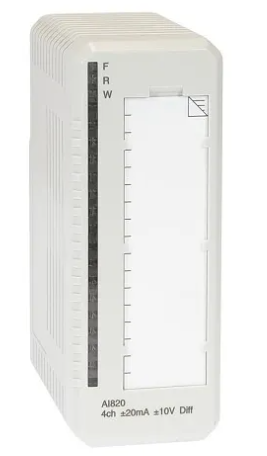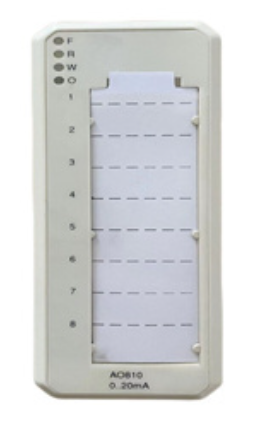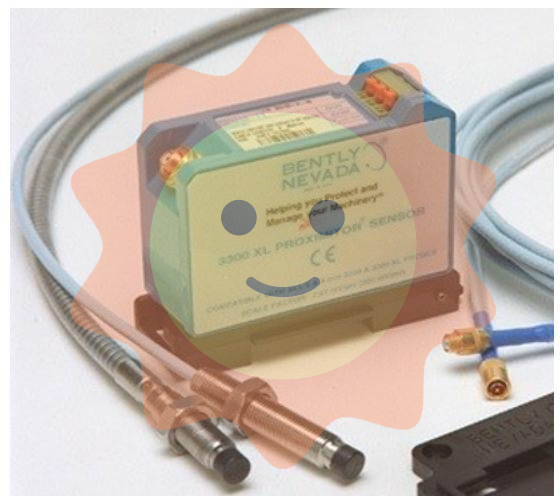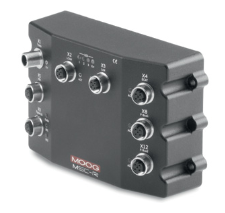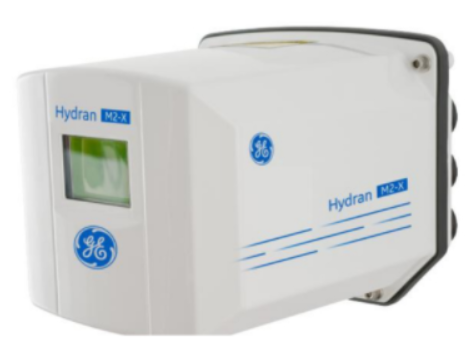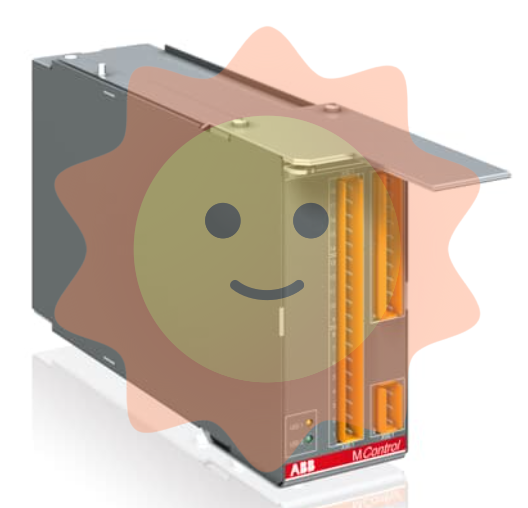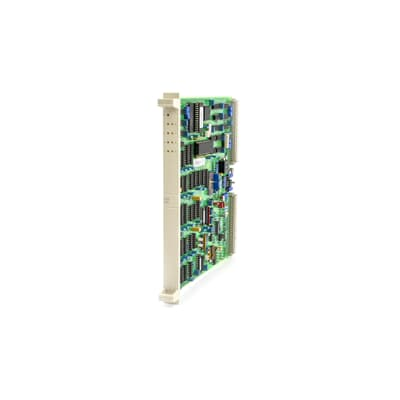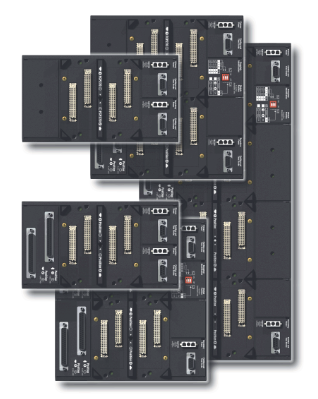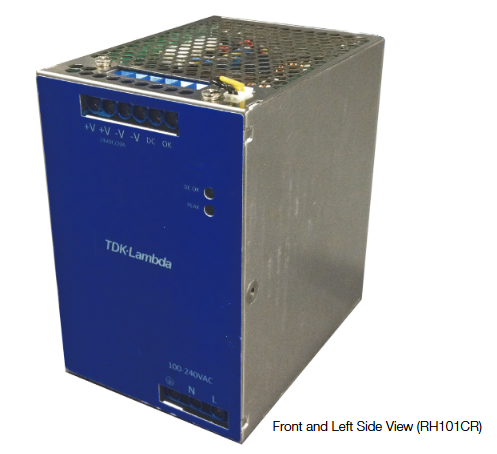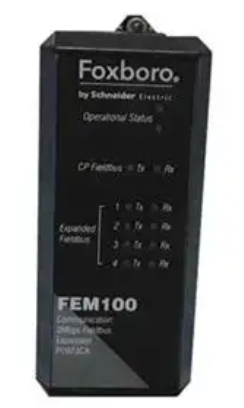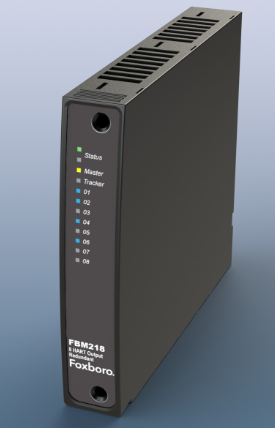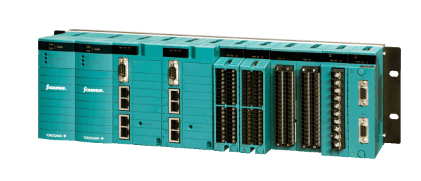GE DS200TCCBG3B Extend Analog I/O Card
GE DS200TCCBG3B Extend Analog I/O Card
Part Number DS200TCCBG3B Manufacturer General Electric Country of Manufacture As Per GE Manufacturing Policy Series Mark V Function Module Availability In StockDS200TCCBG3B is a Common Extended Analog I/O Board developed by GE under the Mark V series. The Common Extended Analog I/O Board (TCCB) provides scaling and conditioning, for additional analog I/O signals read from the TCEB board in the P1 core and the TBCB terminal board installed on the R5 core. These signals consist of the line current inputs, RTDs, generator and bus voltage inputs, and 4-20 mA/0-1 mA inputs. Through the 3PL connector, the STCA board gets the scaled and conditioned signals. It has one microprocessor and Multiple PROM modules.
The board includes one LED and 2 fifty pin connectors. The STCA board receives signals through the 3PL connector. The board possesses an 80196 microprocessor. The main function of the component is to provide scaling and conditioning for additional I/O signals. This board has three jumpers. The 50 pin connectors are called JCC and JDD. DS200TCCBG3B Configuration Hardware The Mark V LM's generator and bus voltage monitoring functions, as well as the line current monitoring function, are provided by the hardware jumpers J1, J2, J3, J4, and J5. The RS232 serial port is connected to DCOM using hardware jumper J14. J15 and J16 are hardware jumpers that are used for testing.
Software The HMI's I/O Configuration Editor is where software I/O configuration constants for the RTDs, mA inputs, generator, bus voltage, and line current settings are entered. Generator/Bus Voltage and Current Input The TCCB board scales and conditions the voltage signals from the generator, bus, and line, as well as the current signals from the line (PT and CT). The TCCB calculates the generator megawatt, power factor, and VARs utilized for power system monitoring using these signals, which are used to determine the phase currents and voltages. These signals are taken in via the JMP connector from the PTBA terminal board, scaled on the TCEB board in the core, and written to the TCCB board.
The Series 90* -30 CPU374 PLUS provides a built-in enhanced Ethernet interface that provides TCP/IP communications with:
▪ Series 90, PACSystems, and VersaMax PLCs
▪ Host computers running the Host Communications Toolkit or CIMPLICITY software
▪ Computers running the TCP/IP version of the programming software CPU Features
▪ High speed Boolean and non-Boolean processing provided by a 586-class 133MHz processor
▪ Two Ethernet ports: 10/100 Mbytes (one IP address) with a built-in, auto-sensing Ethernet switch
▪ Support for EZ Store Device allows you to download a program without a PC
▪ 240KB of user memory Key Ethernet Features
▪ Full PLC programming and configuration services
▪ Periodic data exchange using Ethernet Global Data (EGD) and EGD commands to read and write PLC and EGD exchange memory over the network
▪ TCP/IP communication services using SRTP
▪ Support for SRTP Client (Channels)
▪ Modbus/TCP Server, supporting Modbus Conformance classes 0, 1, and 2.
▪ Modbus/TCP Client, supporting Modbus Conformance classes 0, 1, and Function Codes 15, 22, 23, and 24 for Conformance class 2.
▪ Remote PLC monitoring from a web browser
▪ Comprehensive station management and diagnostic tools
Instructions and warnings related to the operation of the product:
The following specifications must be strictly observed:
The technical specifications and typical applications of the product system must be strictly observed.
PERSONNEL TRAINING: Only trained personnel may install, operate, maintain or repair the product system. These personnel must be instructed on the
These personnel must be instructed and briefed on the conditions in the hazardous area.
Unauthorised modifications: No modifications or structural changes may be made to the product system.
Maintenance Responsibility: It must be ensured that the product system is used only under appropriate conditions and in a condition fully suitable for use.
Working environment: The user must fulfil the specified environmental conditions:
Safety regulations
The following safety regulations must be fully observed when (maintenance) work is carried out on the product system:
1 Disconnect completely.
2 Secure to prevent reconnection.
3 Confirm that the installation has been completed.
4 Perform grounding and short-circuiting.

- User name Member Level Quantity Specification Purchase Date
- Satisfaction :
-









Email:wang@kongjiangauto.com









